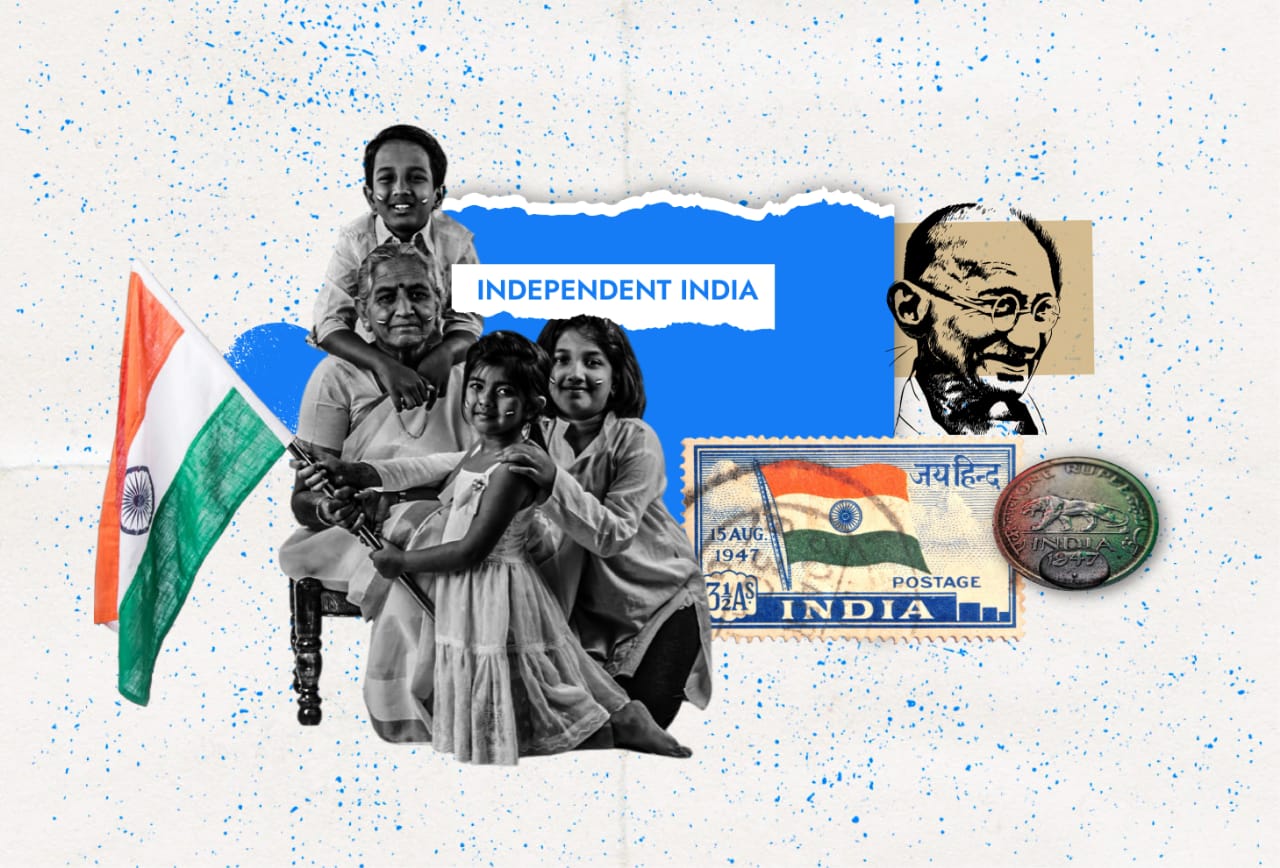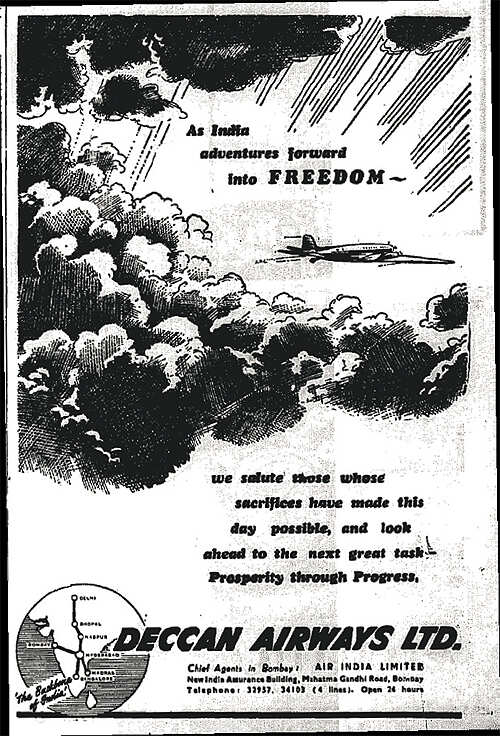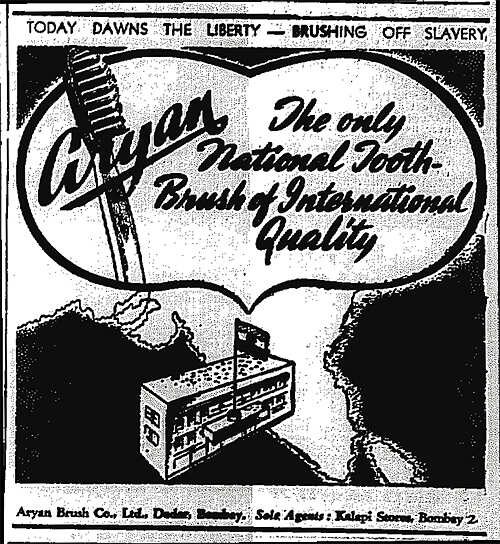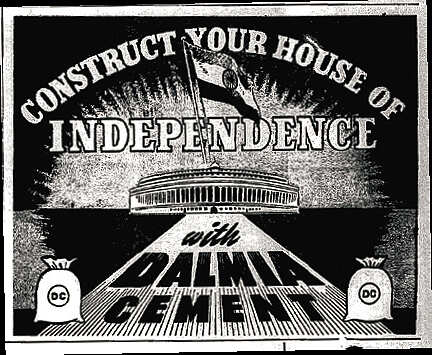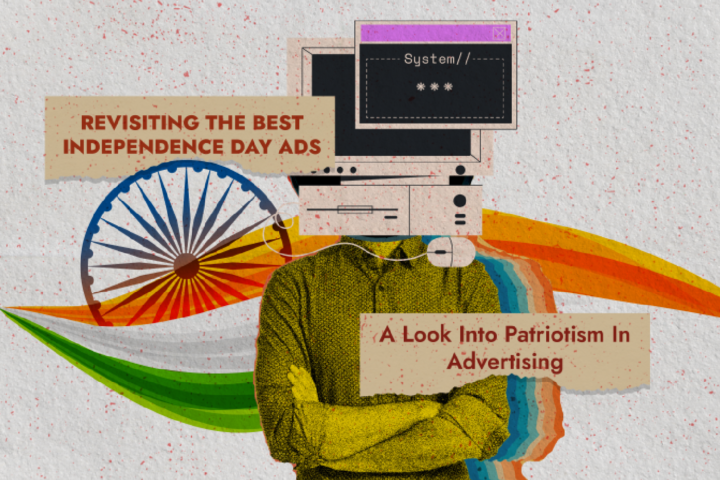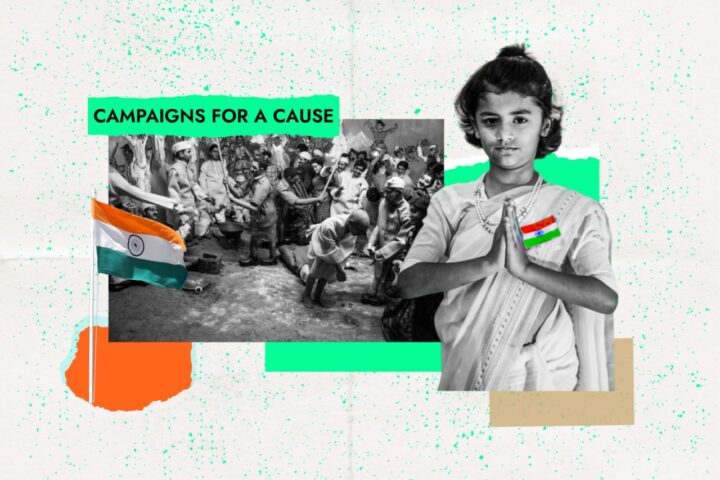Technology has undergone rapid changes in the 21st century. Hence, it is often hard to imagine the livelihoods of those who came before us and existed in an age that didn’t comprise current technology.
In 1947, when Indian Independence from British rule was declared, livelihoods naturally looked a lot different for people back then. Advertisements from that era can easily make a good example of a difference.
But, surprisingly the blueprint of advertising hasn’t seemed to change a lot. Perhaps with a few examples, the similarities between the past and present advertisements can be bridged.
Here are advertisements that date back to the time of Independence:
Deccan Airways
Image Source- https://brandequity.economictimes.indiatimes.com/
As it is to be expected with advertisements on Independence Day, a common but considered approach is to centre it around the company’s contribution to India. This is especially true with companies that were born in India.
Though, it isn’t uncommon to see brands use this strategy even today; to grasp the marketing to its fullest extent, one should imagine themselves living around the period of Independence. Naturally, companies that did form any reasonable reputation must have had an opportunity to do so before India even gained its Independence. Hence, with the forthcoming light of Independence, it is natural that some; like Deccan Airways would steer in the path of offering themselves as a dedicated entity to the citizens of the free country. This would place them in a positive light.
Oriental Life Insurance
Image Source- https://brandequity.economictimes.indiatimes.com/
Akin to ads by Insurance companies to this date, Oriental Life Insurance also chose the easiest template for advertising.
While advertising of such is a pleasure to witness, if one is a viewer; within the scope of marketing remains a subterranian plan. The simplistic memo usually misses the mark to occupy a place in viewer’s mind. Advertisments that meekly reduce their role to a sender in a metaphorical postcard, even with the attention drawn with the bold font higlighting the company name alongside the congratulatory note don’t hold power for change in brand building.
Stantex
Stantex has a advertisement made in 1947 that mixes the joy of Independence Day with the satisfaction guarantee. Marketing done right is evident in the form of this advertisment.
Stantex’s ad with the picture of a woman cherishing the view of flag and the imagery of her home simulatenously grabs attention to 2 things at the same time. First, this draws the attention to the joy of independence. Second it pronounces the luxuries of her house. Stantex, being a textile company aims to visualise how their merchandise can enhance the happniess and satisfaction of their consumer. With the use of right heading and writings, the concept drawn is complete.
Image Source- https://brandequity.economictimes.indiatimes.com/
Aryan Toothbrushes
Image Source- https://brandequity.economictimes.indiatimes.com/
It seems like, with the presented advertisement at hand; the obsession of companies labelling their products as the no.1 product that is used by all Indians with the seal of foreign approval isn’t new after all.
This is, of course, quite evident with the image used and the difference in the font sizes of the phrases on the advertisement itself. One that directly acknowledges the freedom struggle and congratulates it, is in a smaller font size while the phrase proclaiming indirectly that it is the best is bigger.
Such advertisements often seek to exploit the fragile parts of our mind: the one that is afraid of being singled out. It is the indirect implication that things will always be right when it is done by everyone; over something that is done or chosen by minority directly crops up fear.
Usha Fans
In the art of conventional advertising, this Usha fan ad takes the win.
Usha’s persuasion to its audience to buy their fans overrides the congratulatory note added for the struggle of Independence. Advertisements in this era were largely pictorial as shown below. Thus, the subconscious impression was often drawn from the writing and font used and their size. Since, electric fans were common for their time, convincing the viewer to buy their product has also been through the advantages.
This method of advertising is often more reliant on the fact the consumers will need something as simple and necessary as their product and hence the effort in linking it to Independence Day hasn’t been made the top priority.
Image Source- https://brandequity.economictimes.indiatimes.com/
Dalmia Cement
Image Source- https://brandequity.economictimes.indiatimes.com/
Dalmia cement took a visionary approach to their advertising. With the dawn of Independence, and the transfer of powers now in the hands of India, the Parliament was a symbol of freedom of a new democratic republic. Thus, the image of Parliament in the background was bound to cater to deep sense of pride among Indians. Dalmia cement built their marketing by using that sense of achievement and pride.
This advertisement is much like the ones that are made today with the strong patriotic touch and don’t obnoxiously occupy the centre stage of the advertisement.

